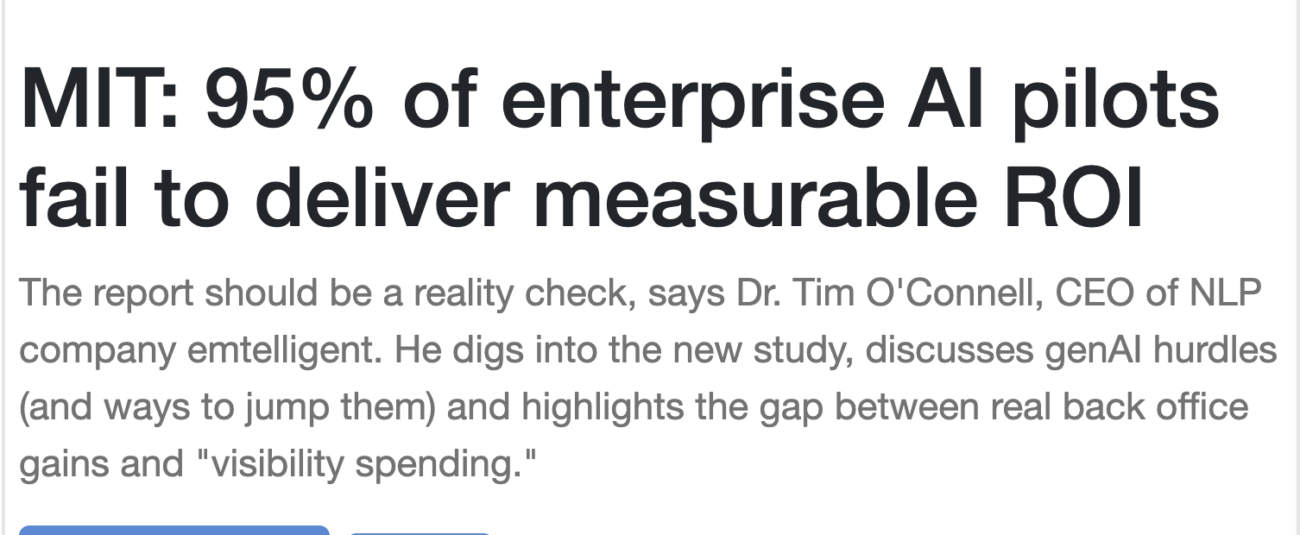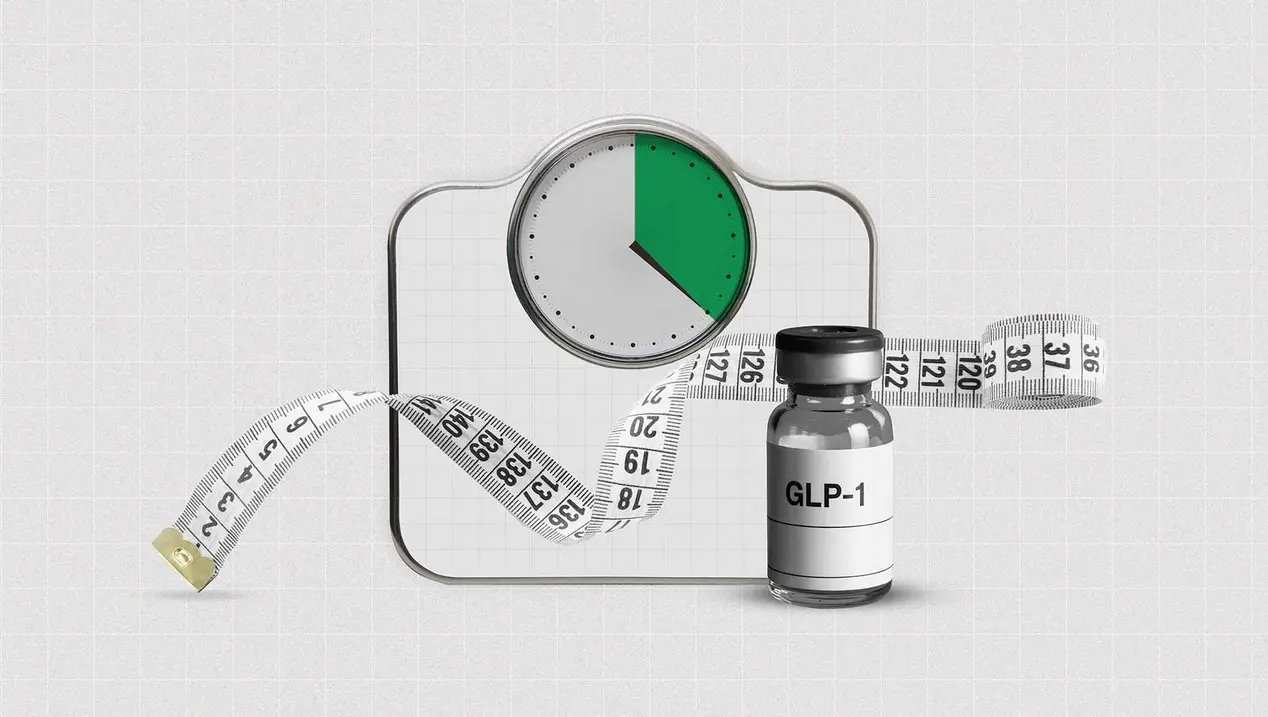In my latest article for the Fast Company Executive Board, I write about the real risks to the long-term health of the US innovation economy. This is the economy that nurtures ideas that become world-changing technologies and products. How does this happen? Years, and often decades, of trial and error research in the public sector institutions such as Universities, National Science Foundation, NIH, and more, followed by private sector innovation, where these technologies are used to solve to real-world problems. Both of these phases, public and private, require funding. For public sector research that takes a long time, grants that do not expect short-term return on investment, and for private sector research, private investors who have shorter time horizons but understand that unlike public markets, their capital will be locked up for a few years until the company achieves success and hopefully provides a profitable return.
Given the deep cuts to public sector research with DOGE and the recent federal budget passed, as well as more concentrated and risk-off private sector funding environment, this flywheel can sustain some long-term damage. The frantic pace of VC funding, often at high valuations divorced from fundamentals, during the pandemic has resulted in a slow exit environment and low capital distributions back to the investors. These investors are therefore allocating less dollars for early stage private companies and going after less risky investments.
Sustaining our prosperity and standard of living requires that we invest more, not less, dollars into R&D at every stage of the innovation lifecycle!
From the article:
“In both the U.S. and the EU, the majority of investments in R&D are made by the private sector, but interestingly, the real driver of transformative innovation is often the public sector investments. Why? Because that’s where the early-stage innovation happens. This type of innovation is extremely difficult, time-consuming, and takes years and decades of trial and error. Private companies and investors often have much shorter time horizons and are not interested in pursuing multi-decade basic research.
Private sector R&D investments are mostly focused on applied science, where a foundational technology like the internet or AI is used to build products for consumers and businesses within a couple of years. Even in earlier-stage companies that are often funded by venture capital investors, a three- to five-year time horizon from when the money is invested to when the company goes public or gets acquired is the expectation.”
https://www.fastcompany.com/91362546/is-our-innovation-economy-at-risk





